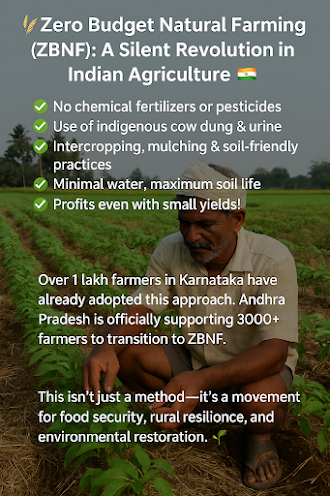Biochar & its Importance
🌱 Biochar: Transforming Waste into Wealth for Soil Health
In the face of climate change and declining soil fertility, farmers and gardeners alike are searching for solutions that are both eco-friendly and effective. At Mrittika Harvest, we believe that ancient wisdom and modern science can work together to revive our land. One of the most promising tools in our regenerative toolkit is Biochar.
🔥 What is Biochar?
Biochar is a carbon-rich substance produced by heating organic material—such as agricultural waste, crop residues, or wood—in a low-oxygen environment. This process is known as pyrolysis.
The result? A stable form of carbon that, when added to soil, greatly improves its physical, chemical, and biological properties.
🌾 Why Use Biochar in Agriculture?
✅ Improves Soil Fertility – Biochar retains nutrients like nitrogen, phosphorus, and potassium, making them available to plants over time.
✅ Enhances Water Retention – Acts like a sponge, holding moisture in sandy or drought-prone soils.
✅ Reduces Greenhouse Gases – Suppresses methane and nitrous oxide emissions from soil.
✅ Promotes Microbial Life – Creates habitat for beneficial microbes, essential for nutrient cycling.
✅ Sequesters Carbon – Locks carbon in the soil for centuries, helping fight climate change.
🧪 How is Biochar Made?
Biochar is created through pyrolysis, a process that involves:
Collecting feedstock (e.g., crop residues, coconut shells, bamboo)
Heating it to 350–700°C in limited oxygen
Collecting the resulting char, bio-oil, and syngas
The biochar is then cooled, crushed, and often “charged” (pre-soaked with compost or nutrients) before application.
🌿 How to Use Biochar in Your Field or Garden
Mix directly into topsoil (5–10% by volume)
Add to compost piles to enhance microbial activity
Use in potting mixes or seedbeds
Apply with organic fertilizers for best results
Note: Always pre-treat biochar with compost or organic manure to avoid temporary nutrient lock-up.
To help farmers, gardeners, and students understand the power of biochar visually, we’ve created an easy-to-follow infographic. It explains what biochar is, how it’s made, and why it matters—perfect for workshops, training, or social sharing.
🌱 Join the Soil Regeneration Movement
At Mrittika Harvest, we’re not just farming—we’re regenerating. Biochar aligns with our mission to nurture the symphony of soil and soul, building a greener, more resilient future.
🔗 Follow us for more natural soil care solutions, training resources, and community updates.




Comments
Post a Comment